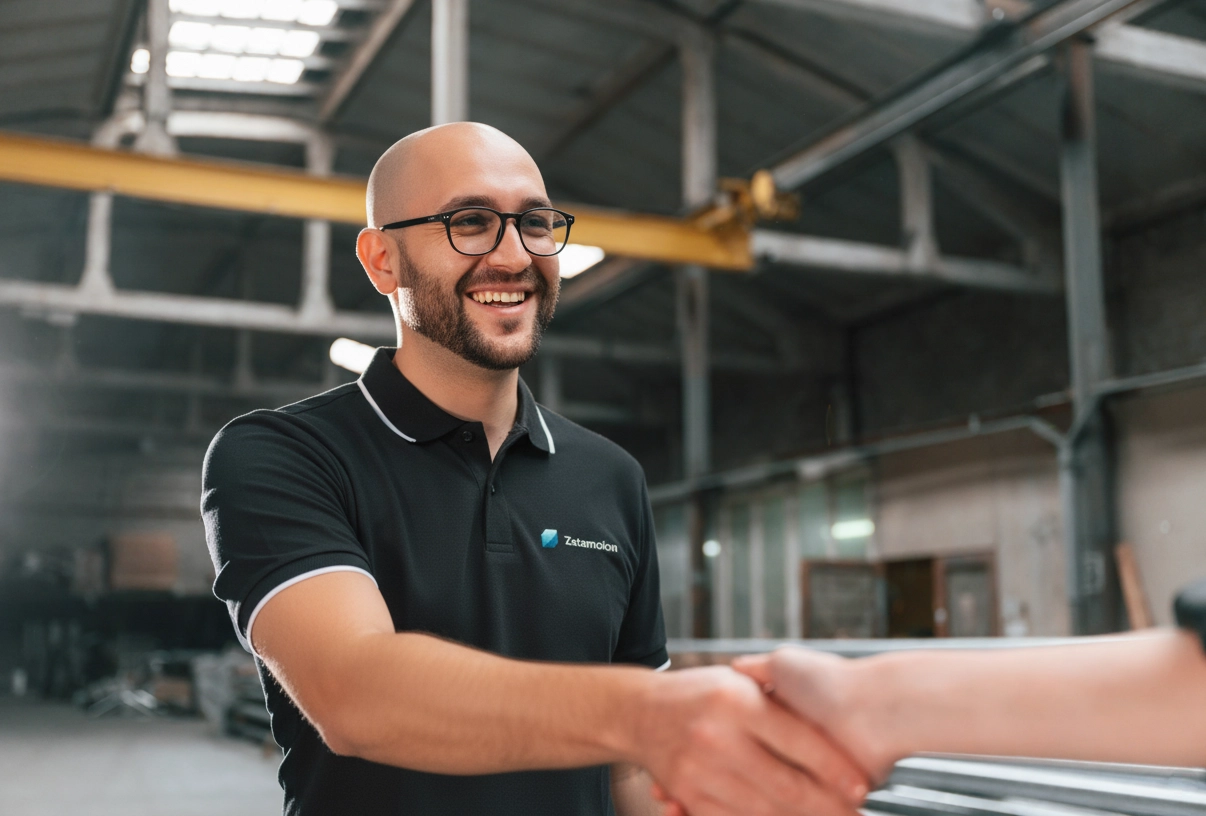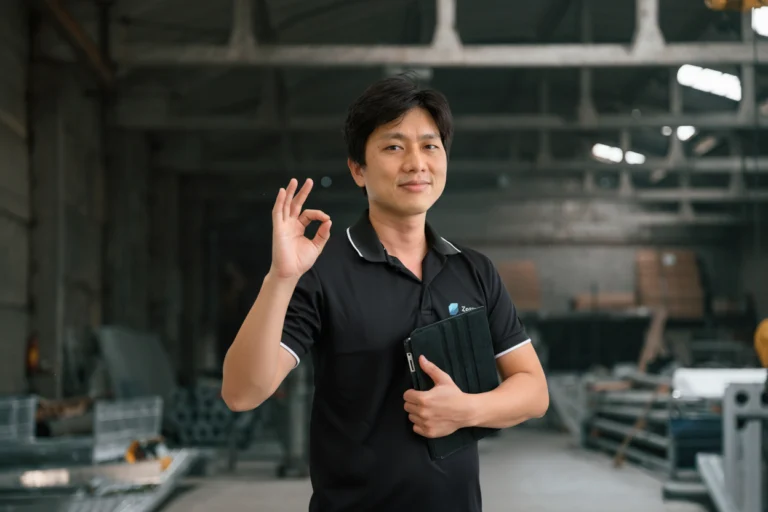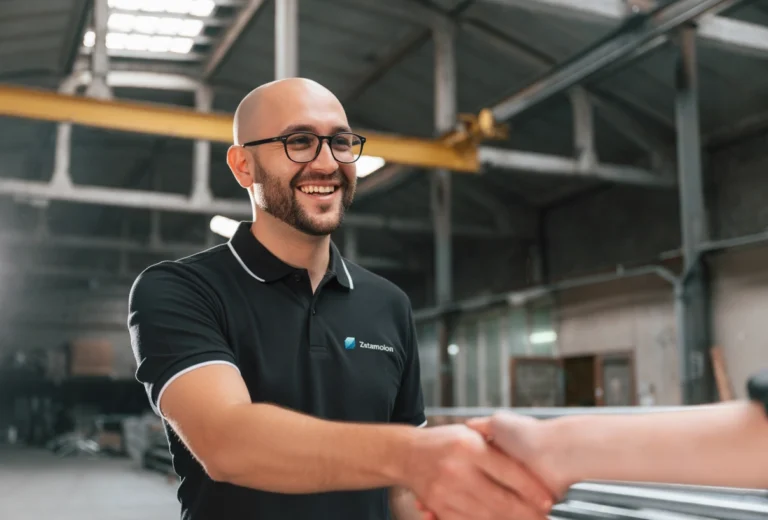When people hear terms like automated visual inspection or automated quality control, it can sound complicated or overly technical. At Zetamotion, our process is designed to be straightforward and easy to follow. We work closely with each client to understand their production challenges, then build a tailored solution that makes inspection easier, faster, and more reliable.
Here’s a simple walkthrough of how we work with you, using the journey of a manufacturer as a narrative example.
Step 1: Discovery Call – Getting to Know You
Everything starts with a conversation. In a short discovery call, we learn about your production process, the challenges you face with quality inspection, and — most importantly — your ideal goal. For one client, the goal was to reduce the hours their team spent manually inspecting glass panels. For another, it was to cut down on waste by catching tiny surface defects earlier. At this stage, we also need to understand the scope and your range of products — what kinds of parts you want inspected and what general considerations apply, such as line speed, product variants, or environmental factors like lighting and temperatures around the line.
Step 2: Understanding Defects – Your Input Matters
Next, we ask for examples of the defects you want to detect. This can be as simple as filling in our defect definition form with a picture of each defect type and the size range you’d like us to detect.
Why sizes matter: imagine trying to spot a grain of sand with reading glasses. No matter how sharp your eyes (or our software), you need the right “lens” to see something that small. The same applies to inspection — tiny defects require higher-resolution cameras. That’s why knowing the size range upfront helps us choose the right hardware and setup.
Step 3: Designing a Pilot System
With defect information in hand, we design a pilot inspection system. This could be:
- A station directly on your production line
- Or a stand-alone station where operators manually load parts
Either way, the goal is the same: to match your requirements with the right system capabilities.
Step 4: AI Training with Synthetic Data
You don’t need AI experts on your team — we handle all of that. Using your defect examples, our system generates synthetic data to simulate thousands of variations. This allows us to train highly accurate models quickly, without requiring you to provide massive datasets. Learn more about how this works in our guide to synthetic data for quality inspection.
Step 5: Proof of Concept
Before moving to the factory floor, we show you a proof of concept. You’ll see how the inspection software looks, how the cameras would be placed, and what results to expect. This stage ensures you have full clarity and confidence before moving forward.
Step 6: Pilot Deployment
We then install a pilot system in your environment for a few months. Together, we define clear goals and success criteria—whether that’s reducing false rejects, increasing throughput, or improving defect traceability. During this time, we’re by your side, making sure the system meets expectations.
Step 7: Full Rollout and Long-Term Partnership
Once the pilot proves successful, we move to full deployment. This may involve scaling to multiple lines or factories, depending on your needs. And we don’t walk away after installation—our platform is built for continuous improvement, and we remain your partner for ongoing platform configuration and reporting, updates, and support.
Wrapping Up
Automated visual inspection doesn’t need to be intimidating. By breaking the process into clear steps—from a simple discovery call to a tailored pilot and then full rollout—we make automated quality control accessible to manufacturers of all sizes.
If you’re curious to see how this would look for your production line, take a look at our Spectron platform demo and start the conversation today.




